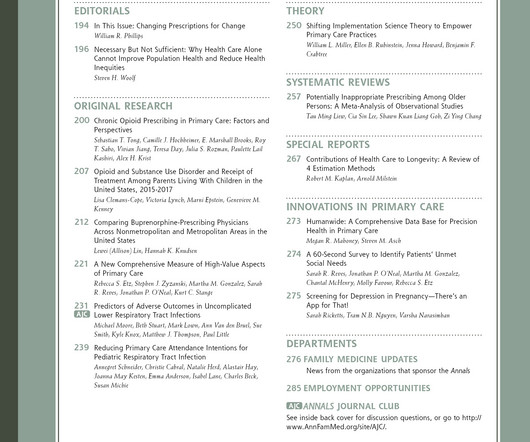SGLT-2 inhibitor, cardiovascular risk and outcome in patients with comorbidity of hypertension and diabetes [Cardiovascular disease]
Annals of Family Medicine
NOVEMBER 20, 2024
Context Two thirds of diabetes patients complicated with hypertension, and comorbidity increase 4-fold risk of atherosclerotic cardiovascular disease (ASCVD). Population Studied individuals with comorbidity of hypertension and type 2 diabetes. Outcome Measures Changes of China-PAR score and cardiovascular hospitalization events.

















Let's personalize your content